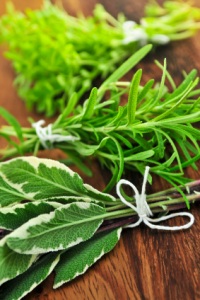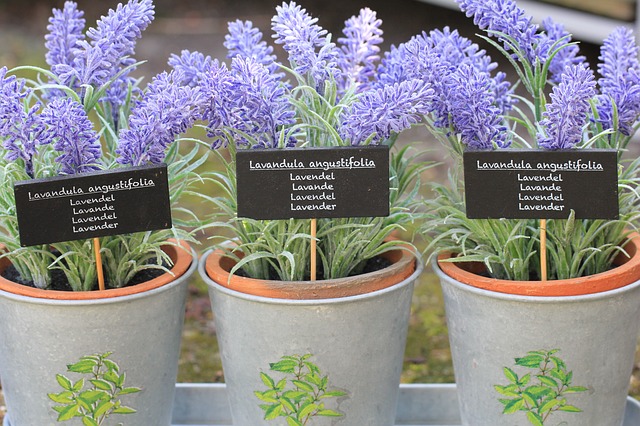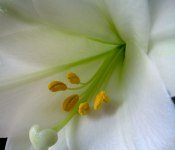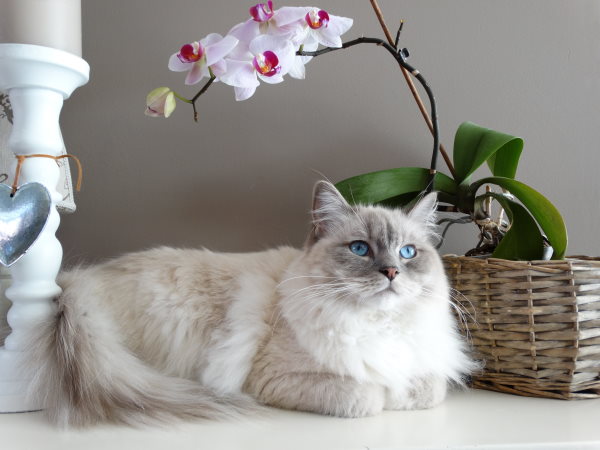How to Dry Herbs
Learning how to dry herbs is one of the easiest ways of preserving herbs for culinary use.

Many aromatic herbs -- such as rosemary, thyme and sage -- preserve much of their flavor and aroma as when they are fresh.
There are a few different methods you can use for drying herbs. The oldest way of preserving herbs is air drying and is still used in some countries for exported herbs. If you have a huge volume of herbs to dry, this may work the best.
For preserving herbs for cooking, fast-drying is better than air drying. Once leaves are cut from stems, they begin to lose their flavor. The sooner drying begins, the better preserved they'll be. Fast-drying herbs will help to keep their robust flavor, color and aroma. You can use an oven or a microwave. See the steps below for how to dry herbs using each of these methods.
Air Drying Herbs
For air drying, you'll need longer stems so you can bundle and tie them in bunches.
First, rinse them to remove any potting soil or dust. Gently shake off excess water. Allow them to drain dry or blot them with a towel so that they are not dripping wet.
Gather the stems in small bunches -- about an inch (2.5 cm) in diameter -- and tie with string, leaving a loop for hanging.
Hang the bunches upside down in a shaded spot, where they'll get plenty of air circulation to help them dry. Although sunlight is drying, it will extract essential oils, robbing some of the herb flavor you're trying to preserve. So the best way to dry herbs is to simply expose them to warm, dry, free-flowing air.
A temperature of at least 90°F (32°C) is ideal for the first 24 hours. Herbs will dry faster with the higher temperature, preserving more flavor and color.
Finding a dark, dry, warm spot to dry herbs with adequate ventilation can be a little tricky. An attic, shed or garage may be ideal if they are warm. Or, you can put them in a spare room with a portable heater and a fan. Air-drying herbs can take a few weeks.
How to Dry Herbs in the Oven
Oven-drying will dry your herbs quickly and help to retain their essential oils.
Rinse and drip-dry. Don't strip leaves off the stems, you want them intact until they're dried.
Herbs with fleshy leaves, such as sage, will take longer than those with thin or small leaves, so you'll get the best results by drying different types of leaves in separate batches.
Spread the herbs in a single layer on paper towels set on baking sheets. Bake them at 80-100°F (25-38°C). Too-fast drying steals the essential oils and fades the color of herbs. If you can smell the herbs immediately, lower the temperature. Properly done, the oven-drying process should take several hours. Stir once every half hour. The herbs are "done" when they're crispy, but before they turn brown.
Drying Herbs in Microwave
In a hurry? Drying herbs in the microwave takes just minutes to do.
Place 5-6 stems of herbs on a paper towel, then cover with another paper towel. Microwave at full power until the leaves are brittle (about 2 minutes). Larger leaves may take a little longer. If leaves aren't yet brittle, microwave for an additional 30 seconds.


